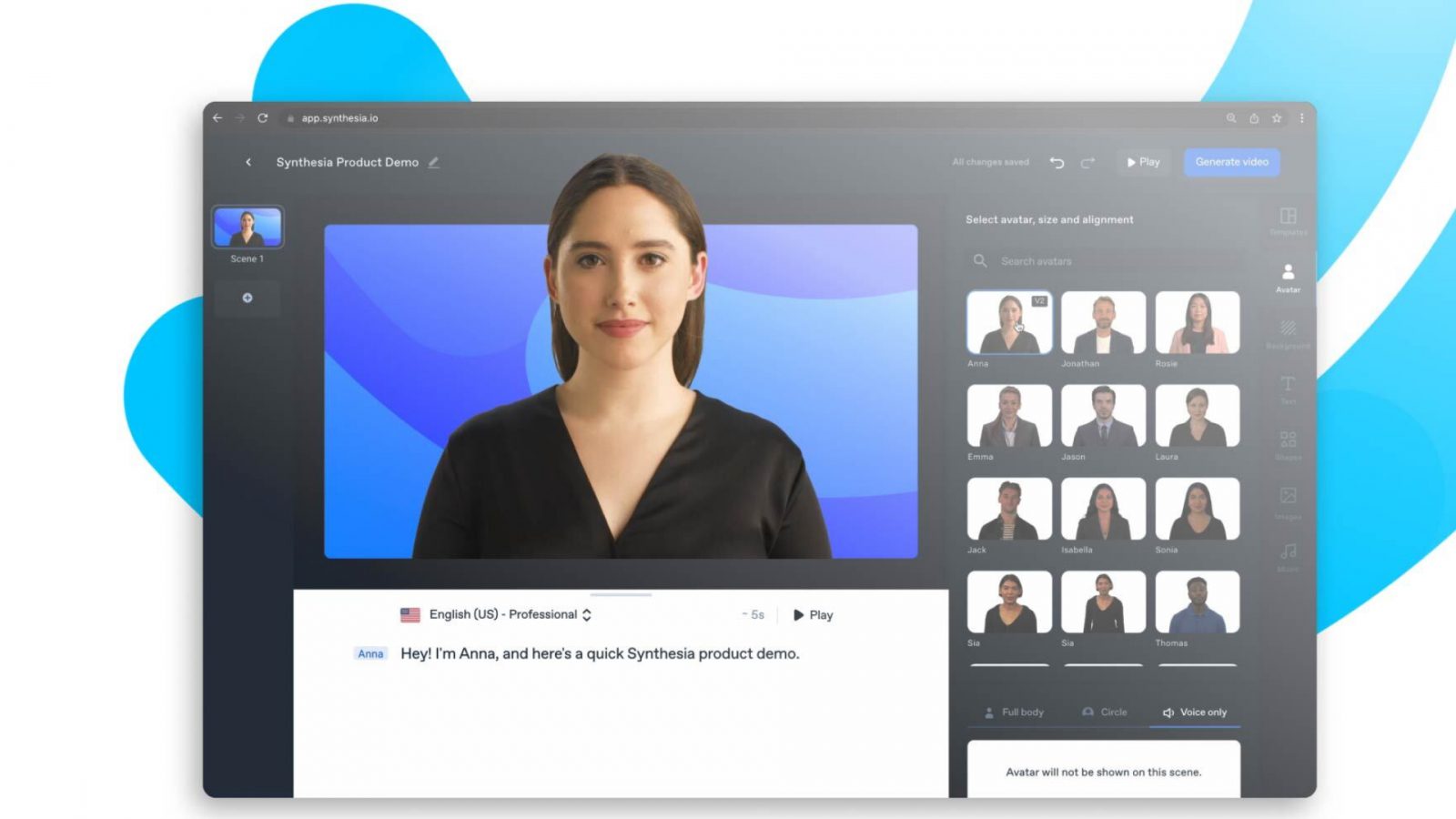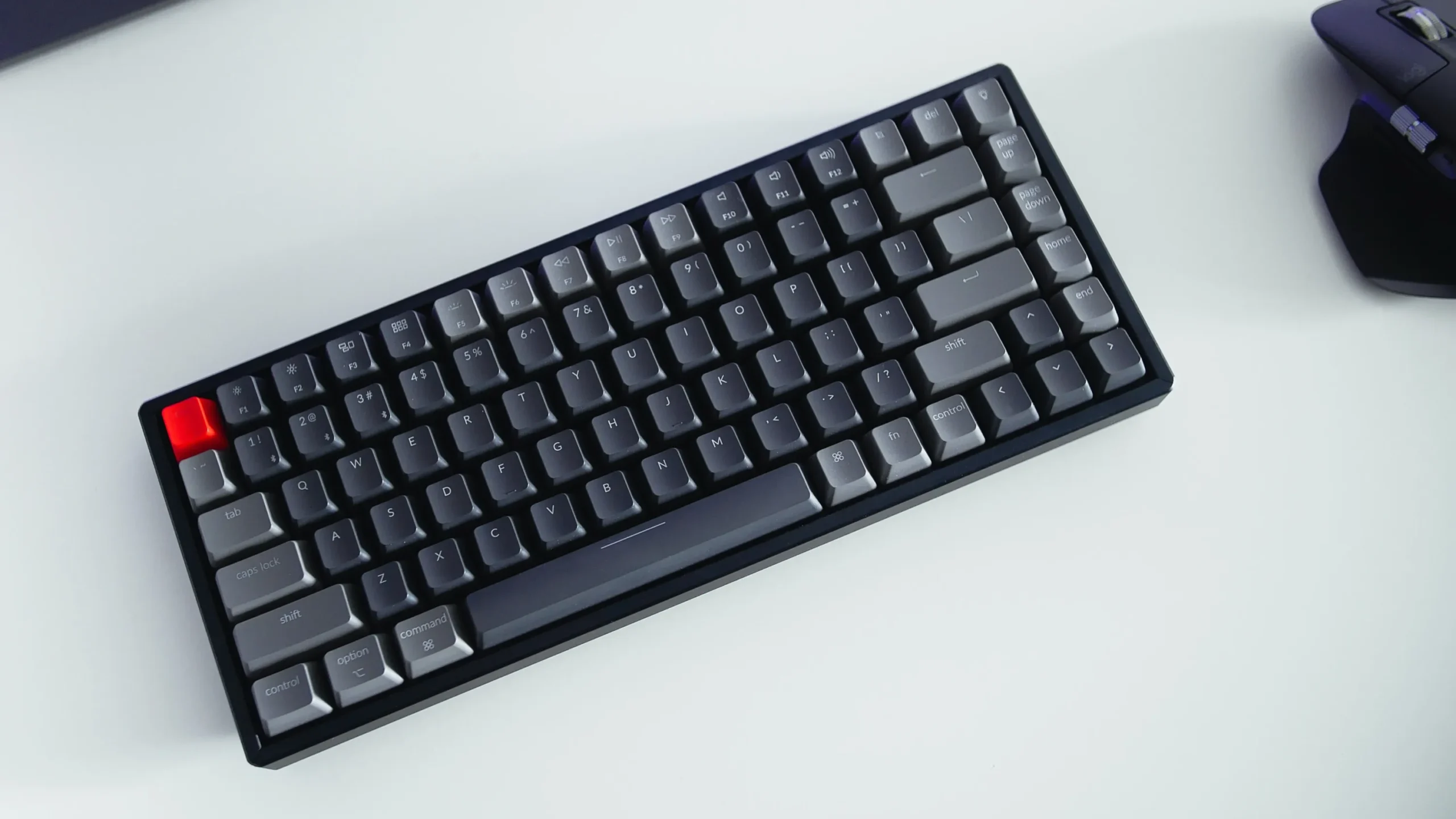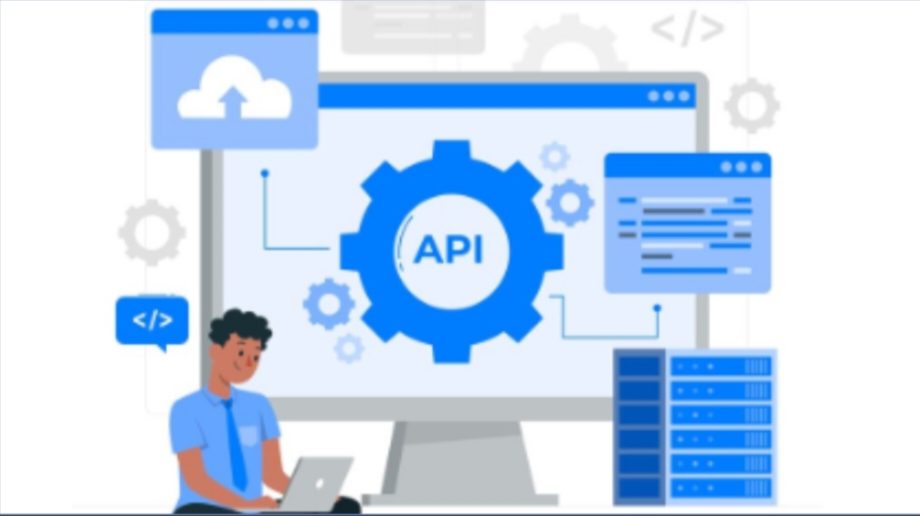
Just when you thought AI-made video couldn’t get any better, Google dropped Veo 3 — and the game was changed overnight. Whilst earlier models focused primarily on images, Veo 3 introduced something massive to the mix: native audio generation, driven by a multimodal diffusion transformer. And now, the newest generation of AI video software is playing catch-up — combining voice, sound effects, and motion sync in ways that are accelerating content creation to be faster, cheaper, and a whole lot more movie-like.
What does this mean for creators, marketers, and tech buffs everywhere? Short answer: AI video software just got a whole lot better — and Veo 3 is the headliner.
Contents
- 1 What Makes Google Veo 3 So Special
- 2 How It Paved the Way for a New Generation of AI Video Software
- 3 Why Audio Is the Missing Puzzle Piece in AI Video
- 4 Use Case Explosion: Who Benefits from Such Veo-Inspired Technologies?
- 5 What Comes Next After Veo 3?
- 6 Final Thoughts: Google Opened the Door — Now the Race Is On
- 7 TL;DR
What Makes Google Veo 3 So Special
Veo 3 isn’t just another AI video generator. It’s Google DeepMind’s cutting-edge multimodal system that can generate HD (and even 1080p+) video from simple text inputs — with context-aware audio.
Some of the standout innovations are:
Multimodal Transformer Architecture: Both processes and generates video and audio in parallel.
Real-Time Lip Sync: Characters convincingly speak your dialogue in sync, no post-edits required.
High-Fidelity Scene Transitions: Cross-fade between shots is natural and human-like.
Semantic Audio Matching: Rain sounds like rain. Explosions feel like cinema.
It also possesses temporal coherence, a huge step ahead of earlier models in which frames used to jitter or be non-fluid. Veo 3 is able to generate coherent clips that maintain lighting, spatial location, and character appearance over the duration of several seconds — a significant milestone towards narrative content.
That kind of fidelity has turned Veo 3 from a research breakthrough into a new gold standard.
How It Paved the Way for a New Generation of AI Video Software
Since announcing Veo 3, a tidal wave of “Veo-style” AI creators has swept the market — set to bring high-quality video along with intelligent audio baked in.
Here are some of the most prominent tools to follow in its path.
Kling AI
Typically called China’s equivalent of Veo, Kling AI brought character movement and audio in real-time. It is also built atop a similar multimodal architecture and produces speech that is tied into face movements. Recent demos show almost cinematic level quality, with AI performers doing something while speaking naturally.
Pika Labs 1.0
Pika has developed rapidly towards cinematic storytelling. After launching Veo, it added voice-over capability and audio-reactive video, where narration’s pitch affects camera movement and lighting. The platform now assists users to add their own voice or use AI-generated narration, with dynamic video transitions.
Runway Gen-3
Though Runway was leading AI video already, its Gen-3 Alpha duplicates Veo’s depth but with more realistic lip motion and ambient audio. They’re also introducing emotion-driven expressions — where a sad voice affects a character’s face and posture. The forthcoming Gen-3 Plus is meant to allow complete scene+sound control via just prompts.
Deevid AI
Obsessed with motion realism, Deevid AI now supports scene-based audio tagging, inspired by Veo’s semantic sound model. Background audio elegantly transitions with the environment. Whether it’s footsteps echoing on pavement or gusts through leaves, it adds realism and narrative immersion.
Why Audio Is the Missing Puzzle Piece in AI Video
Before Veo 3, Image to video AI and Text to video AI tools were like silent films — visually impressive, but missing emotional punch. Now, with audio generation that reacts to video context, we’re entering a new creative era.
For Filmmakers: Instant dialogue, background music, ambient sound — no post-production required.
For Marketers: Create polished ads with voiceovers in minutes.
For Educators: Turn lesson plans into narrated explainer videos, no actors or studio needed.
For Game Developers: Craft cinematic cutscenes with voiceovers and sound effects from the environment.
Effectively, AI is no longer simply rendering graphics — it’s authoring stories that come alive.
Use Case Explosion: Who Benefits from Such Veo-Inspired Technologies?
Content Creators
YouTubers and TikTokers can now take an idea and create a published video with audio within an hour. Think skits, narrations, vlogs — all AI-powered, often with multiple languages supported.
Agencies and Brands
Ad agencies already employ these tools for rapid ad testing and location-based video campaigns. Certain platforms allow real-time A/B testing of voiceover and images, eliminating turnaround time and cost.
Educators and Trainers
Imagine starting a text lesson and receiving in return a professional training video — with clear narration, graphics, and natural pace. Language learners, course authors, and onboarding departments are jumping aboard the trend.
What Comes Next After Veo 3?
Veo 3 didn’t simply launch a product — it set the bar higher. With AI models now capable of processing audio and video simultaneously, the next horizon is:
Multilingual Audio + Subtitles
Emotional Voice Synthesis (e.g. tone-shift, sarcasm, laughter)
Interactive Video Elements for personalized learning or storytelling
Live Editing through Prompt Changes — timeline scrubbing not required
Real-time voice-to-video conversion — where speaking your idea directly yields a completed, narrated video
We’re moving towards real-time generative film-making — where your Veo 3 becomes your director, sound engineer, and editor all in one.
Final Thoughts: Google Opened the Door — Now the Race Is On
AI video tech is developing faster than ever, and Veo 3 actually moved the industry forward in a serious manner. Whether you’re a solo creator, brand strategist, or just an AI enthusiast, this is the moment to find out what you can do.
Not only are you creating clips — you’re creating cinema with video and audio now being blended at the prompt level.
TL;DR
Google Veo 3 introduced audio-synced AI video production.
Following close on their heels are inventions like Kling AI, Pika, Luma, and Runway Gen-3.
This innovation enables content creators to make full, scripted videos from simple instructions.
The future holds multilingual audio, emotion-aware synthesis, and real-time cinematic production.







